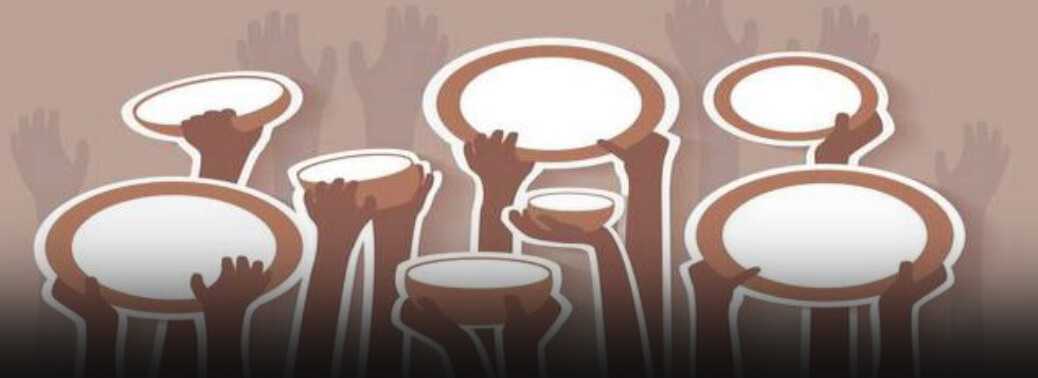NECESSARY STEPS TO ENDING POVERTY
15, Apr 2019

Prelims level : Growth, Development, National Income
Mains level : GS-III Technology, Economic Development, Bio diversity, Environment, Security and Disaster Management
Context:
- The provision of health, education and public services matters more than income support schemes
Details: / Garibi Hatao:
- Garibi Hatao (“Remove poverty”) was the theme and slogan of Indira Gandhis 1971 election campaign and later also used by her son Rajiv Gandhi and later by her Grandson Rahul Gandhi.
- It is by now close to 50 years since Indira Gandhi
- brought the idea of eradicating poverty into the electoral arena in India. ‘Garibi Hatao’ had been her slogan.
- Though it had not come close to being eradicated in her time, it was under her leadership that the reduction in poverty commenced, in the late 1960s
Words Matter
- The approach of public policy to the problem has been to initiate schemes which could serve as no more than a palliative, as suggested by the very term ‘poverty alleviation’ commonly used in the discourse of this time.
- These schemes failed to go to the root of poverty, which is capability deprivation that leaves an individual unable to earn sufficient income through work or entrepreneurship
- Income poverty is a manifestation of the deprivation, and focussing exclusively on the income shortfall can address only the symptom.
Schemes / Pradhan Mantri Kisan Samman Nidhi (PM-Kisan)
- Pradhan Mantri Kisan Samman Nidhi (PM-Kisan) Scheme is an initiative by Government of India in which 120 million small and marginal Indian farmers who have less than 2 hectares (4.9 acres) of landholding will get up to Rs. 6,000(US$83) per year as minimum income support.
- An income-support scheme for any one section of the population is grossly inequitable. We can think of agricultural labourers and urban pavement dwellers as equally deserving of support as poor farmers.
Nyuntam Aay Yojana (NYAY)
- It envisages an annual transfer 12 times greater to the poorest 20% households.
- While this scheme is not discriminatory, it is severely challenged by the issue of beneficiary identification in real time.
- NYAY would amount to more than twice the combined expenditure on health and education and more than capital expenditure in the same budget, they being the items of public expenditure that most impact poverty in the long run.
What is Needed
- In light of a pitch that has been made for the implementation in India of a publicly-funded universal basic income (UBI) scheme, we can say that from the perspective of eliminating poverty, universal basic services (UBS) from public sources are needed, though not necessarily financed through the budget.
- Per capita income levels and poverty vary across India’s States.
- A discernible pattern is that the southern and western regions of India have lower poverty than the northern, central and eastern ones. This, very likely, is related to higher human development attainment in the former.
- This indicator is based on the health and education status of a population apart from per capita income, bringing us back to the relevance of income generation to poverty. There is a crucial role for services, of both producer and consumer variety, in eliminating the capability deprivation that is poverty.
- As these services cannot always be purchased in the market, income support alone cannot be sufficient to eliminate poverty
- At a minimum these services would involve the supply of water, sanitation and housing apart from health and education.






